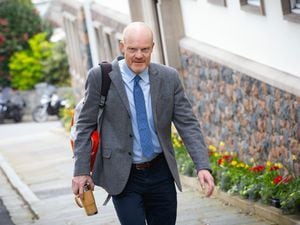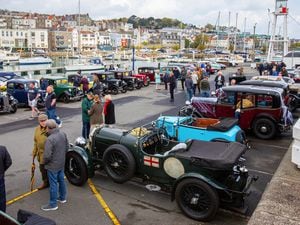Labour of love to restore derelict Moulin Huet cottage
The restoration of a cottage featured in Renoir’s paintings of Moulin Huet will soon welcome its first paying guests.
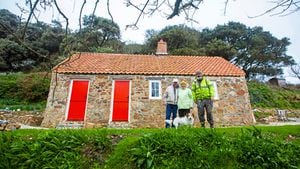
Local builder Nik Le Page has spent the past 18 months restoring the derelict building, which his parents bought in 1984 when it was just a ruin.
‘It was really overgrown. The roof had fallen in and some of the walls had collapsed. It’s been a labour of love bringing it back to life,’ said Mr Le Page.
The cottage, built around 1780, was originally a Napoleonic battery. Mr Le Page uncovered the original granite site of the guns, buried under a foot of soil, next to the cottage.
‘We had to take a tree out and under the roots we found all this granite and wondered what it was. There would have been two cannons here that could have fired about a mile out to sea.’
The site, next to Moulin Huet Tea Rooms, has a mixed history. It has been used as a fisherman’s cottage, a tearoom, which both Renoir and Victor Hugo visited, and a German anti-aircraft post.
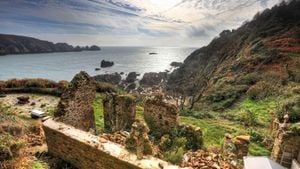
Three original internal walls have been retained, and the cottage comprises a kitchen, cosy living room, bathroom and mezzanine bedroom.
The project will feature in an episode of the forthcoming Channel 4 series Great British Home Restoration, presented by Charlie Luxton.
The cottage’s remote location challenged Mr Le Page.
‘I had to carry all the equipment and materials down the 170 metres from the car park – that’s probably 40 or 50 tonnes of material.
‘We tried to use original material wherever we could or source materials from old properties on the island. New stuff just never has the right feel.’
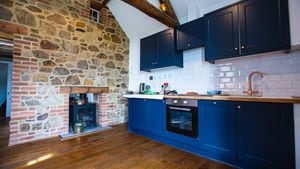
This included timbers and panelling from buildings across the island and a roof beam which Mr Le Page thinks came from an old ship.
One of his favourite items was a ladder he made from a telegraph pole that had been at L’Ancresse, and still bears its original metal stamp.
It took almost 10 years for the restoration project to pass through the planning process, as the area had been designated as a site of special interest, which also meant loud machinery and bright outside lighting could not be used.
Mr Le Page hoped to have the cottage ready to welcome its first guests in about four weeks’ time.
His parents, George and Maisie, are now in their 90s. They were delighted to see the building restored.
‘We are elated and thrilled to bits,’ said Mrs Le Page.
‘The building is a real credit to Nik and all his hard work.’




